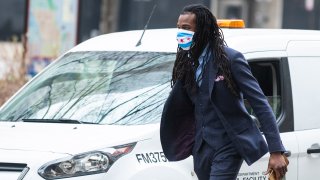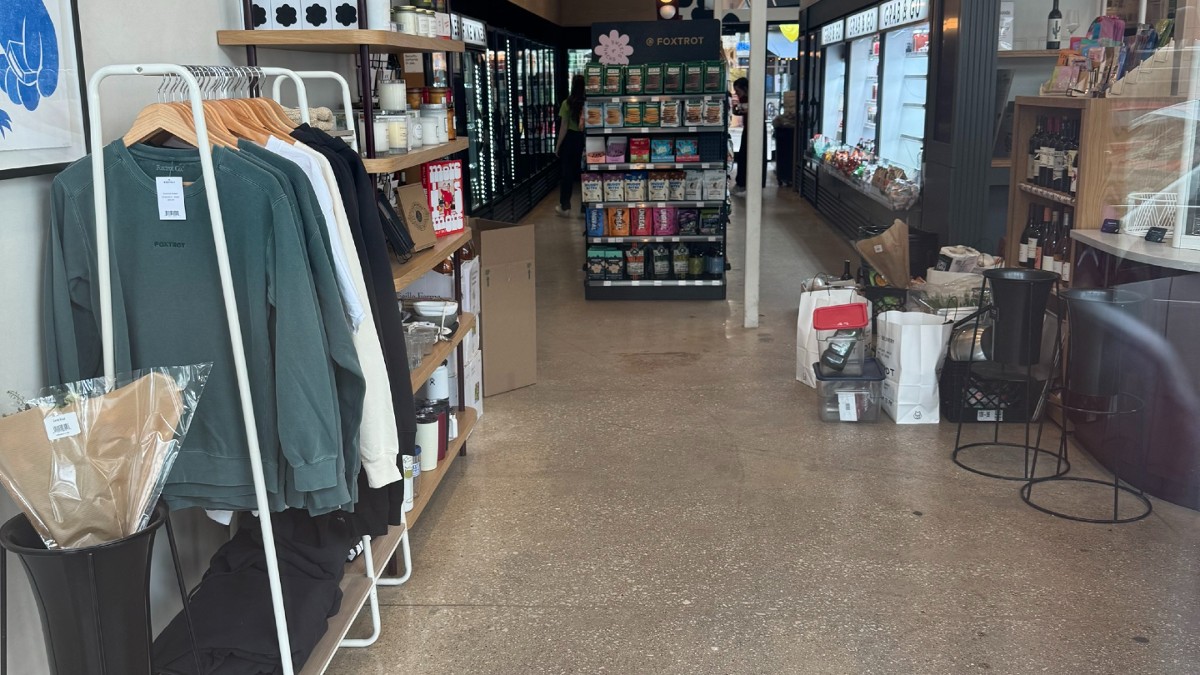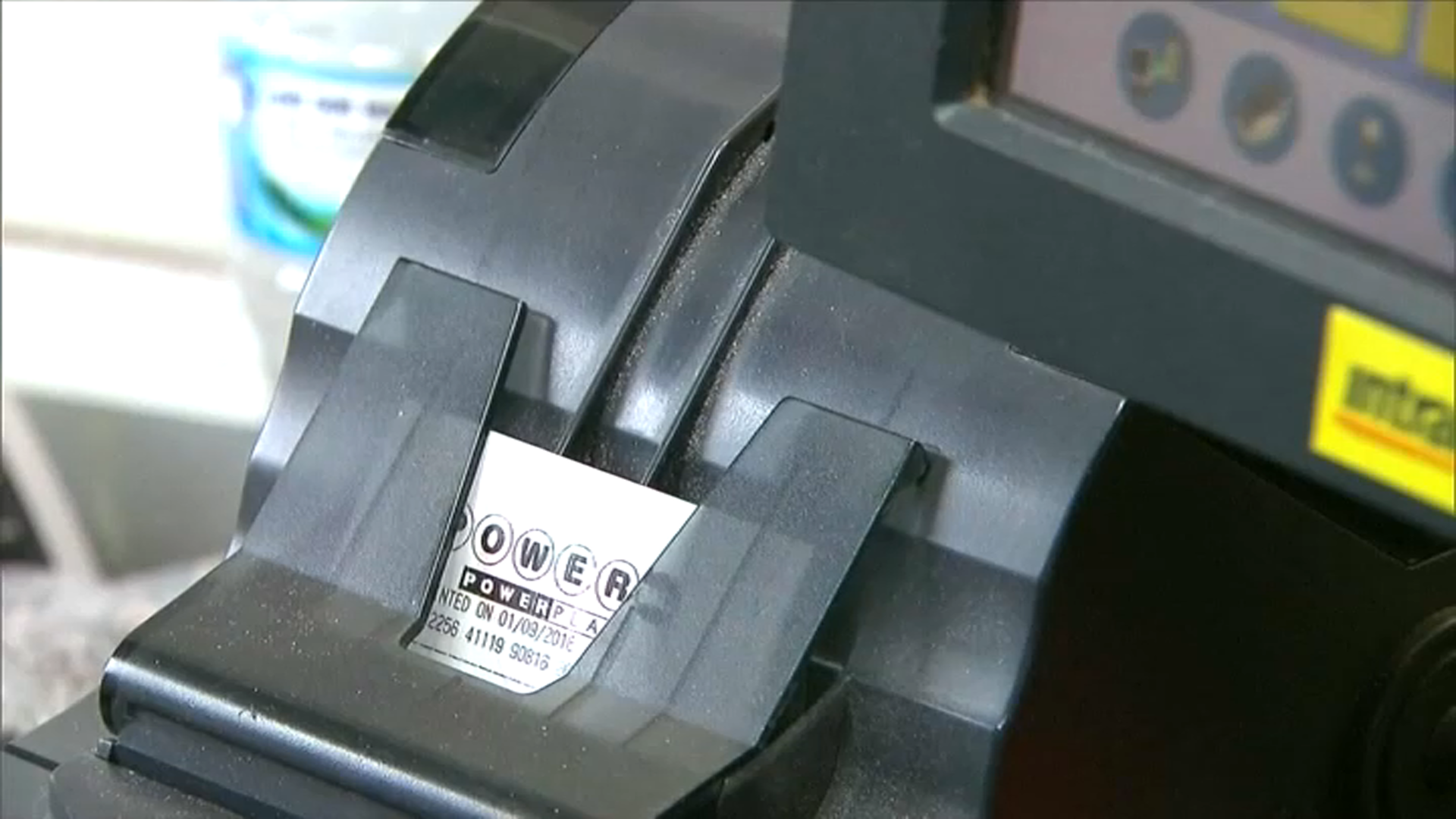
It’s estimated there are currently between 35,000 and 50,000 active cases of COVID-19 in Chicago, according to the city’s top doctor.
During a press conference on Thursday, Chicago Department of Public Health Commissioner Dr. Allison Arwady addressed media with a pressing and grim message about the number of “active now” cases of coronavirus in Chicago. She said there are 7,055 known infectious people in Chicago who learned of their condition via testing.
But because not everyone with an active case gets tested, Dr. Arwady said she estimates that number to be much higher.
“Where we look at our testing numbers, our death numbers or serology numbers, our estimate here is that it's in the five to seven times range,” Arwady said during Thursday’s coronavirus update press briefing. “Which means, right now, between 35,000 and 50,000 Chicagoans have active meaning infectious COVID right now.”
Chicago has seen a 54% increase in cases from an average of 418 cases per day one week ago to the current 645 cases per day.
“But that's a seven-day rolling average,’ Arwady said. “And we've already had multiple days with 800 or even 900 cases coming in.’.
The test positivity rate in Chicago on Thursday jumped higher after increasing from 4.6% one week ago to 6.4%, according to Arwady. However, the state has the rate sitting at 7% after factoring in delays from when a person is diagnosed to when the case is actually reported.
Local
“That 7% number is important, because if you've been paying attention to what's going on around Illinois, when we hit 8% positivity, even further rollbacks come,” Arwady warned.
As officials like Arwady warn of the second surge of conronavirus and potentially more mitigation, Chicago will once again shut down indoor bar service and force non-essential businesses to limit hours.
Chicago Mayor Lori Lightfoot announced the new restrictions during a Thursday briefing, suspending indoor bar service just weeks after reopening such establishments as colder weather begins to limit outdoor options.
The restrictions will also force non-essential businesses to close their doors by 10 p.m.
The newest restrictions, which take effect at 6 a.m. Friday and continue for at least two weeks, include:
- Business curfew on non-essential businesses beginning at 10 p.m.
- In effect nightly from 10 p.m. -6 a.m.
- Last call for serving liquor at 9 p.m.
- Take-out and curb-side pick-up at restaurants still permitted
- Bars, breweries, and taverns without a food license are prohibited from operating any indoor service
- Increased emphasis of current guidelines
- Max. 6 people in your personal bubble(e.g., no household gatherings >6 people of non-household members)
- Face coverings in all indoor and outdoor public settings
The city warned that if the positivity rate increases above 8% for three straight days, indoor dining will be suspended as well.
"We are no doubt, whatsoever in the second surge," Lightfoot said Thursday. "This is what it looks like."
She said while the surge is not surprising, she attributed it largely to the fact that COVID thrives in places "where people let their guard down."
Lightfoot had warned Monday that some phase three restrictions could be brought back as the city enters a "second surge" of coronavirus.
The city has been in phase four of its reopening plan since June 26.
Then on July 24, city officials changed course to shut down indoor bar service, reduce capacity limits at fitness classes and heighten other restrictions as the city continued to see an increase in its average number of daily new cases.
Lightfoot and Arwady last month announced that the city would ease some of the restrictions put in place to slow the spread of the coronavirus during phase four, allowing indoor bar service again and raising capacity limits on businesses, including restaurants, among other major changes.
The changes that took effect on Oct. 1 included increasing indoor capacity at restaurants, health and fitness centers, personal services, non-essential retail and all other establishments from 25% to 40%.
Bars, breweries, taverns and other businesses that serve alcohol without a food license could also open indoor seating - shut down since late July - at 25% capacity up to 50 people, officials said.



